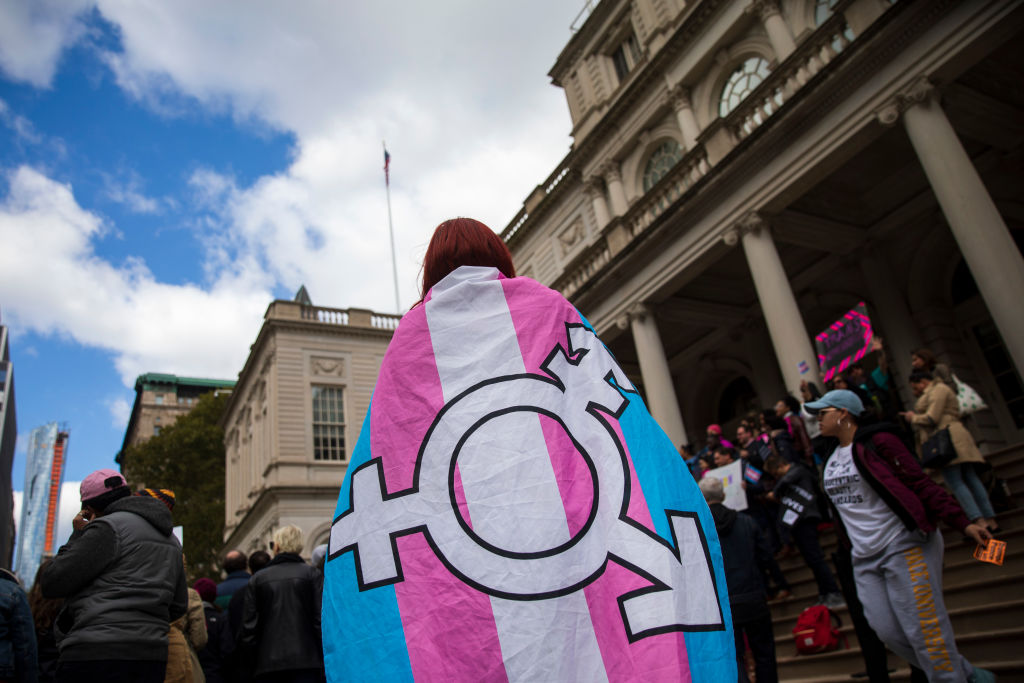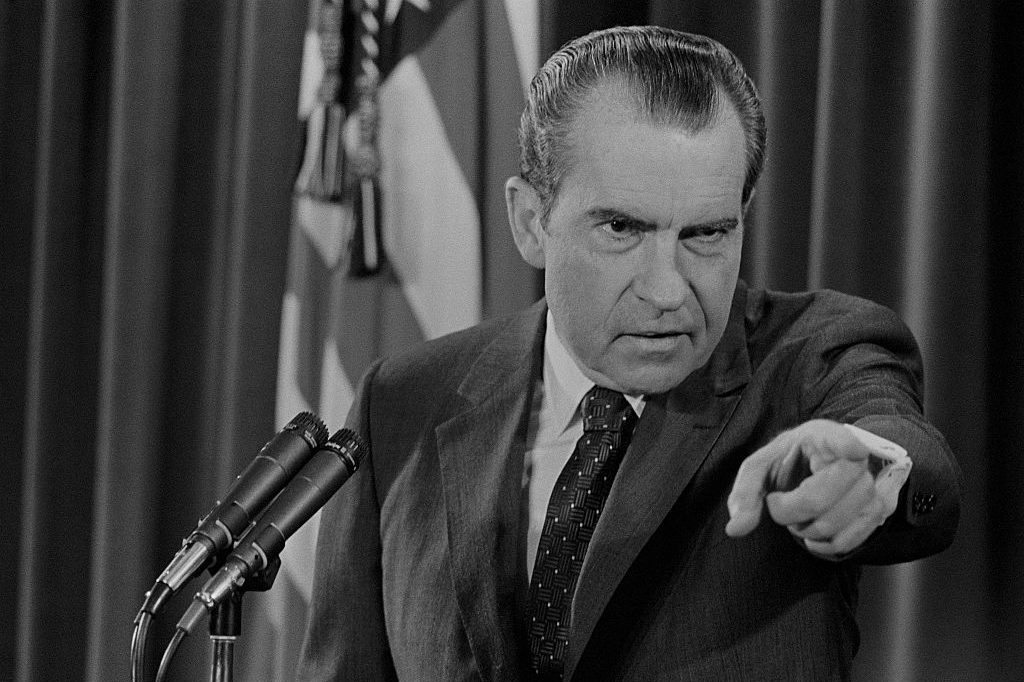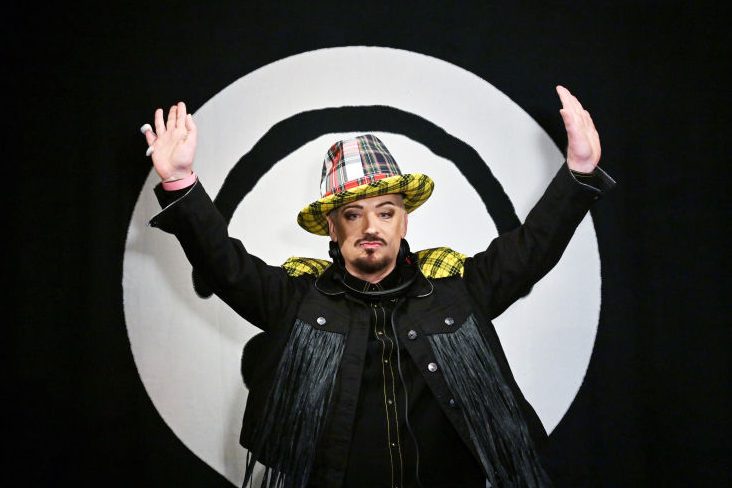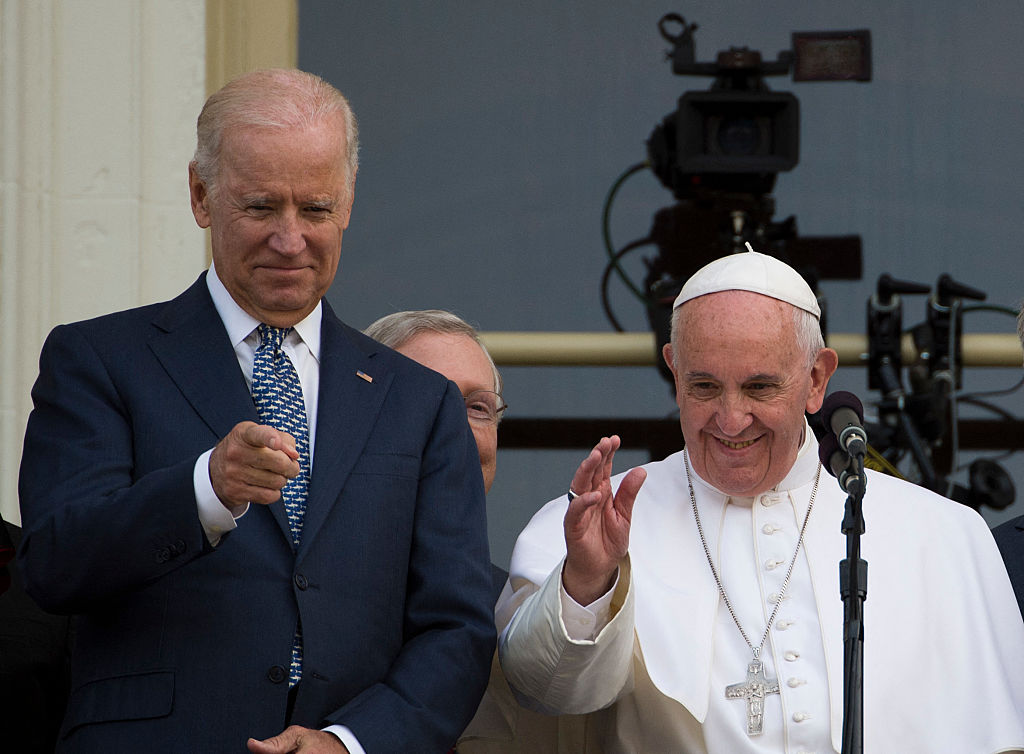In 2016, the Obama-Biden administration concluded that “the quality and strength of evidence” for medicalized gender transition was “low” and insufficient “to determine whether gender reassignment surgery improves health outcomes for Medicare beneficiaries with gender dysphoria.” Six years on, such skepticism has evaporated. In June, the Biden-Harris administration issued an executive order directing the departments of health and education to “promote expanded access to gender-affirming care.” What changed? Not the evidence, only the politics.
At a special Pride Month ceremony for LGBT activists at the White House, the president promised to use the “full force of the federal government” in implementing their policy agenda, from education to healthcare. He also promised to direct the Federal Trade Commission to consider whether “so-called ‘conversion therapy’ — a discredited and dangerous practice that seeks to suppress or change the sexual orientation or gender identity of LGBTQI+ people” amounts to a deceptive act requiring consumer warnings. And he instructed the secretaries of State, Treasury and HHS “to develop an action plan” to help end the “dangerous discredited practice” in the United States and “around the world.”
The order, Biden explained, represents a countermove to “hateful attacks” by “ultra-MAGA” Republicans. He was referring to conservative pushback to LGBT activism at the state level, like Florida’s Parental Rights in Education bill, smeared by critics as a “Don’t Say Gay” bill, as well as various states’ female-only sports bills.
These bills enjoy broad support. A Morning Consult/Politico survey found that over half of Florida voters supported restricting teaching sexual orientation and gender identity to children in kindergarten through third grade. A poll conducted by the Washington Post and the University of Maryland found that most Americans opposed allowing trans-identifying males to compete in high-school girls’ sports, and even more opposed male participation in women’s college and professional sports. As for “conversion therapy,” a growing number of clinicians — including gay and liberal ones — have been vocal in their concern about the way the term is being misapplied to treatments for children struggling with gender dysphoria.
Of course, this is not the only instance of Biden finding executive shortcuts to push woke policies that are at odds with the views of the American public. His Title IX regulations, released on the fiftieth anniversary of the measure’s passage, would effectively redefine sex to include gender identity for every federally funded education program in the country. This would eradicate single-sex services, spaces and sports teams, and undermine parental rights when children tell their teachers they’re trans. Despite what the president may think, this is not a winning culture-war strategy.
The history of American medicine is blotted with its fair share of scandals. Among them, there’s a grisly history of medicalizing homosexuality, involving voluntary and involuntary treatment with depressants, testosterone, estrogen and other chemicals; electroshock therapy, castration, vasectomy, hysterectomy and lobotomy. Between 1952 and 1973, the American Psychiatric Association pathologized homosexuality by including it in its Diagnostic and Statistical Manual of Mental Disorders.
Of course, in the decades since, these controversial clinical practices have been rejected by medical associations and abandoned by practitioners. And, though it may be politically convenient to pretend otherwise, there is little evidence to suggest either the treatments or such attitudes persist as systemic problems.
In a 2018 op-ed for the New York Times, Sam Brinton, an LGBT activist with the Trevor Project, detailed how, at the behest of his Christian parents, he “endured emotionally painful sessions with a counselor” listening to how he was an “abomination” and inevitably going to “get HIV and AIDS.” Worse still, he recalled how he was “bound to a table to have ice, heat and electricity” applied to his body, and “forced to watch clips on a television of gay men holding hands, hugging and having sex.” All this while he was only a middle-schooler. (Earlier this year, Brinton was appointed a deputy assistant secretary in Biden’s Department of Energy.)
Forcing a child to watch pornography is a felony. Causing him serious physical or emotional harm in the way Brinton describes constitutes child abuse. As for religion, the more orthodox expressions of Christianity separate acts from inclination, sin from sinner, and emphasize the dignity of each human person. That’s not to say that religious zealots, hypocrites and sadists don’t exist. Only that it is not at all clear that the abuse described by Brinton is common practice, either among licensed mental health professionals or in America’s churches.
Part of the difficulty in establishing the prevalence of “so-called ‘conversion therapy’” is the reliance on self-reporting. The UCLA Williams Institute estimates that approximately 698,000 LGBT adults (ages 18 to 59) in the US have received conversion therapy, 350,000 of whom received the treatment in adolescence. Seven percent of lesbian, gay and bisexual people in the United States have experienced some sort of conversion therapy: 81 percent from a religious leader and 31 percent from a healthcare provider. And that among LGBT adolescents (ages 13 to 17) living in states where conversion therapy is banned, some 6,000 would have otherwise received it from a licensed professional, if not for the ban. But how is conversion therapy being defined?
Again, the rather vague Biden definition includes any practice that “seeks to suppress or change the sexual orientation or gender identity of LGBTQI+ people.” First, this makes no mention of method — surely exploratory talk therapy is very different from castration? Second, it does not distinguish between religious counselors and licensed therapists. Third — and here is the biggest problem — it conflates sexual orientation with “gender identity.” This conflation amounts to a Trojan horse deployed by transgender activists to use opposition to conversion therapy to discredit watchful waiting and other time-tested talk therapies designed to help gender-distressed children feel more comfortable with their bodies.
As the journalist Helen Joyce explains in an essay for Quillette, the concept of gender identity “originated in America in the 1950s and fused into a single, dominant narrative half a century later.” In the 1960s Robert Stoller, a psychoanalyst, understood it to be a matter of one’s inner sense of “masculinity or femininity.” John Money, a sexologist, believed in the power of “gender roles,” “all those things that a person says or does to disclose himself or herself as having the status of boy or man, girl or woman.”
With advances in medical technology came an increased appetite for experimentation. In the 1990s, European endocrinologists birthed “the Dutch protocol,” the off-label use of puberty-blocking drugs, imagined as a “pause button” for children (then mostly boys) with severe and early onset “gender identity disorder” (later, “gender dysphoria”). Just as abortion was promised to be “safe, legal and rare” yet grew to epic proportions, trans activists began to champion medicalized transition on demand.
And demand is only rising. With the mainstreaming of transgenderism, the past decade has seen a massive explosion in the number of children identifying as transgender, and in a new demographic: adolescent girls. The United Kingdom’s main gender youth clinic has seen a 5,000 percent increase of adolescent female patients since 2010. Figures for the United States are harder to come by, but the ever-growing number of gender clinics gives an idea. Alix Aharon and her Gender Mapping team have documented over 600 clinics. A recent article in the Journal of General Internal Medicine reported that, between 2013 and 2019, “the number of gender dysphoria diagnoses per 100,000 enrollees increased by 695 percent,” while the “number of hormone therapy users with gender dysphoria diagnoses per 100,000 enrollees increased similarly by 781 percent.”
When Lisa Littman, a medical doctor and researcher at Brown University, first warned about “rapid-onset gender dysphoria” among teenage girls identifying as trans in 2018, she attracted much activist ire. The trans activist and English professor Jennifer Finney Boylan, writing in the New York Times, complained that conservatives were “inventing a ‘syndrome’ to undermine young people’s transitions.” Yet already, Littman has been vindicated. In her most recent survey of “detransitioners” (those who stop identifying as trans), she found that 55 percent of them “felt they did not receive an adequate evaluation from a doctor or mental health professional before starting transition.”
Moreover, in the UK, the National Health Service’s main gender youth clinic at Tavistock has been dogged by whistleblower reports of “woefully inadequate” standards of care. Sweden, Finland and France have put the brakes on medicalized transitions for minors. And even Erica Anderson, a clinical psychologist at the University of California San Francisco’s Child and Adolescent Gender Center, and Marci Bowers, a vaginoplasty specialist have urged greater caution. The New York Times, late to the conversation, published a lengthy report in June about how “the medical community” treating young people seeking medicalized transition “is deeply divided about why — and what to do to help them.”
As the Obama administration rightly noted in its 2016 Medicare memo, “many studies that reported positive outcomes were exploratory studies (case-series and case control) with no confirmatory follow-up.” One high-quality follow-up, a 2011 Swedish study that tracked over 300 patients for thirty years, found “the overall mortality for sex-reassigned persons was higher during follow-up… particularly death from suicide.”
As a matter of principle, LGBT activists would like to outlaw even voluntary therapy that tries to help mitigate or redirect unwanted sexual desires. They conflate talk therapy with long-abandoned practices and take the view that sexual orientation is immutable and to suggest otherwise amounts to “false advertising.” How strange, then, that they don’t object to the egregiously misleading claim that it’s possible to change one’s sex. Or the reckless hormonal and surgical experiments that compromise the fertility and sexual functioning of LGBT-identifying youth.
The irony is that gender affirmation, both in method and in motive, looks more like the historic conversion therapy than any other modern-day practice. Janice Turner, Times of London columnist, reported that “gay clinicians” at the NHS gender clinic in London “began to discuss how they had experienced an adolescent phase of gender dysphoria as ‘effeminate’ boys or ‘butch’ girls.” With the long-term interests of their young patients in mind, they complained to management that “we are medicalizing some people who would later identify as lesbian, gay and bisexual, not trans.” For this, they were “silenced.”
“Everything to the right of LGB is straight people,” as one LGB activist put it. Indeed, the differences between sexual orientation and gender identity are only growing more apparent. But most Democrats are not paying attention. Then there’s Joe Biden, whose views on gay rights — from his endorsement of the Defense of Marriage Act in 1996 to promising to sign the Equality Act on his first day in office — change with the wind.
Every medical scandal is time limited. As more wake up to the fact that the real conversion therapy in the twenty-first century is “gender affirmation,” Biden is busy making it his legacy — with young and vulnerable Americans paying for his recklessness.
This article was originally published in The Spectator’s August 2022 World edition.

























